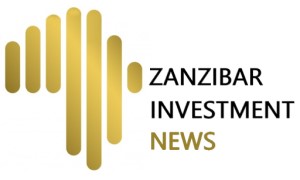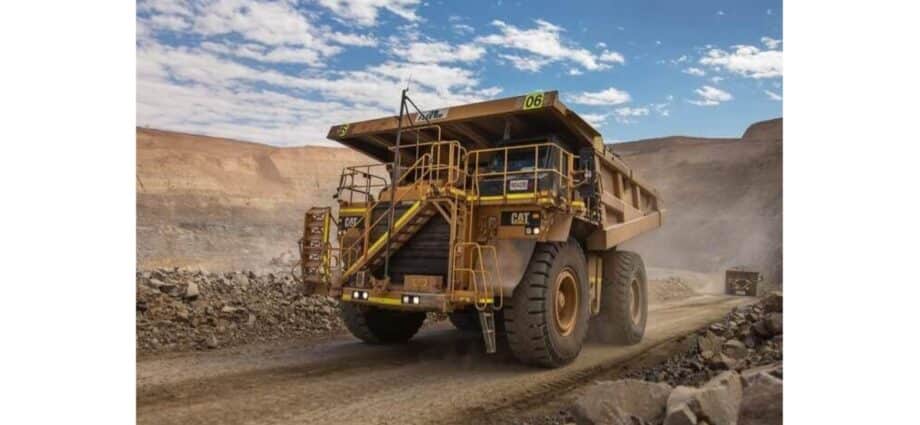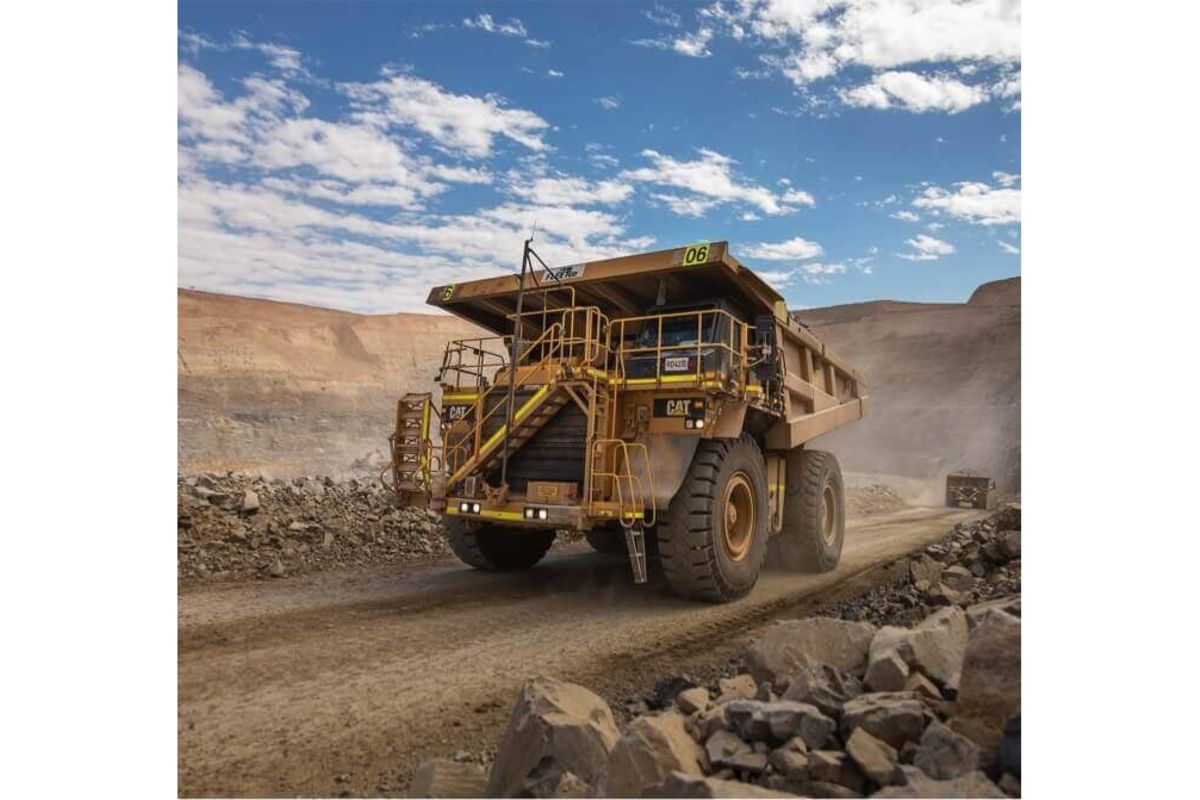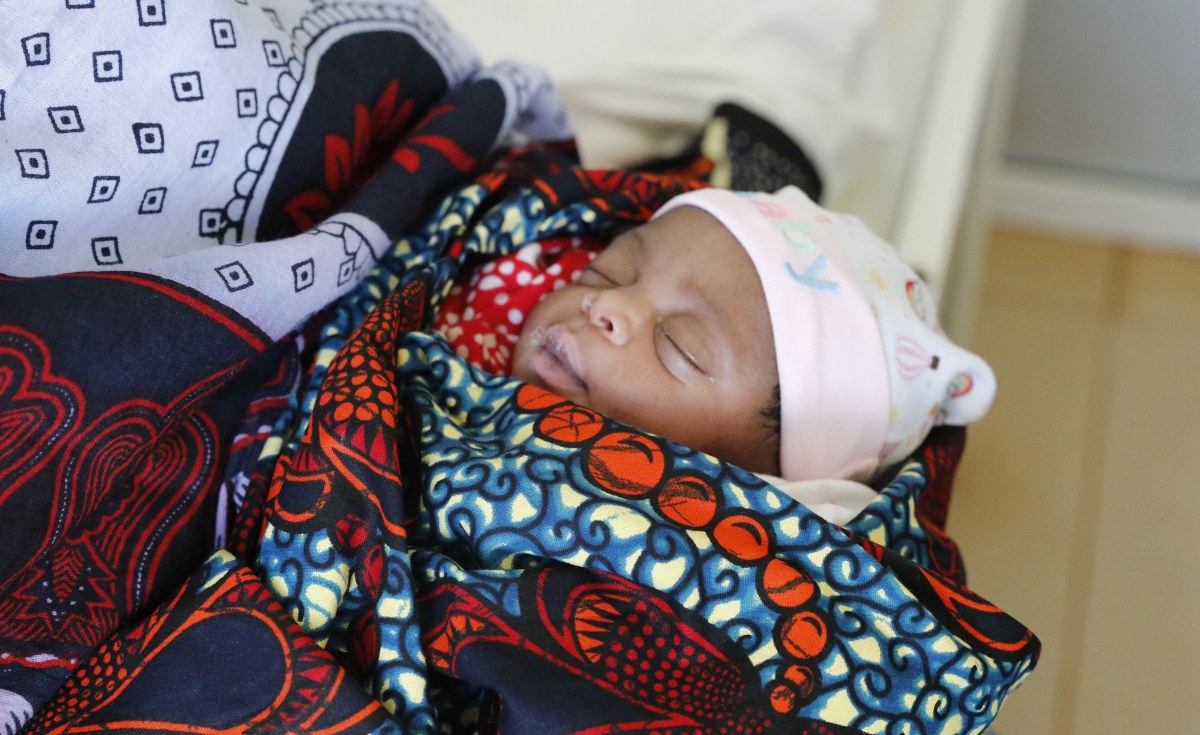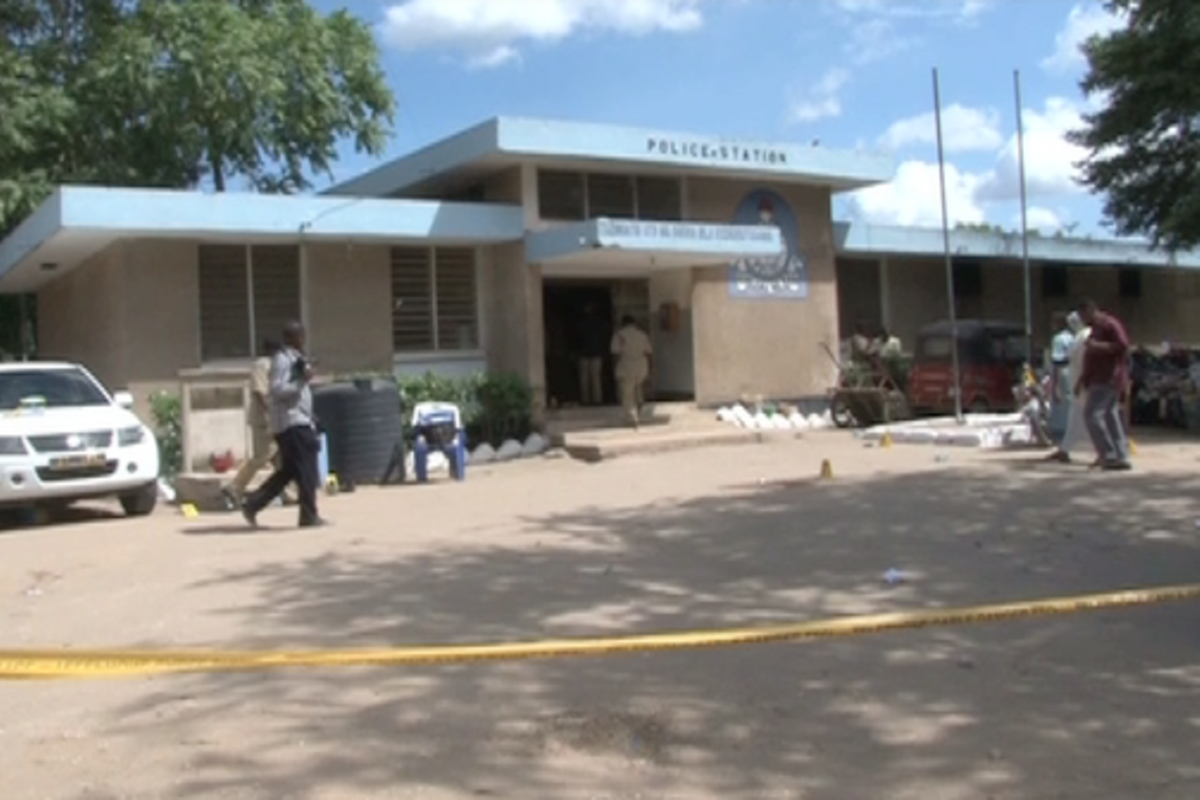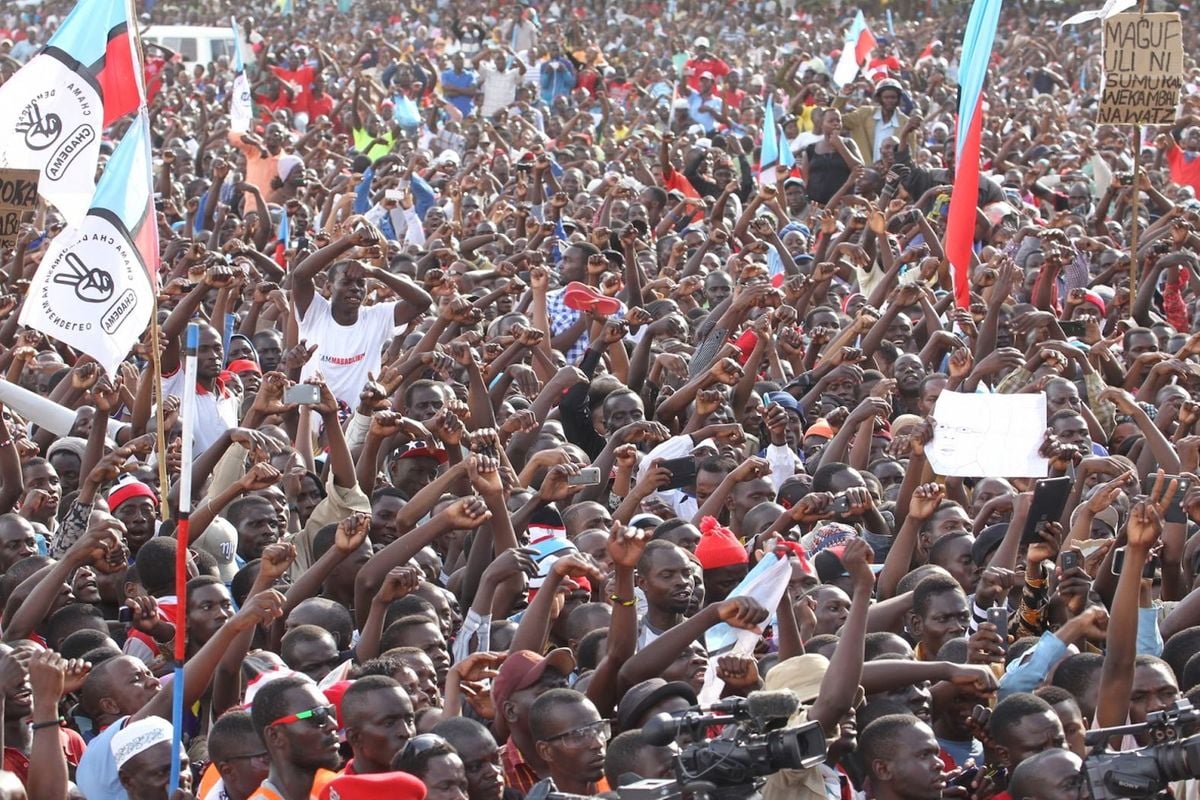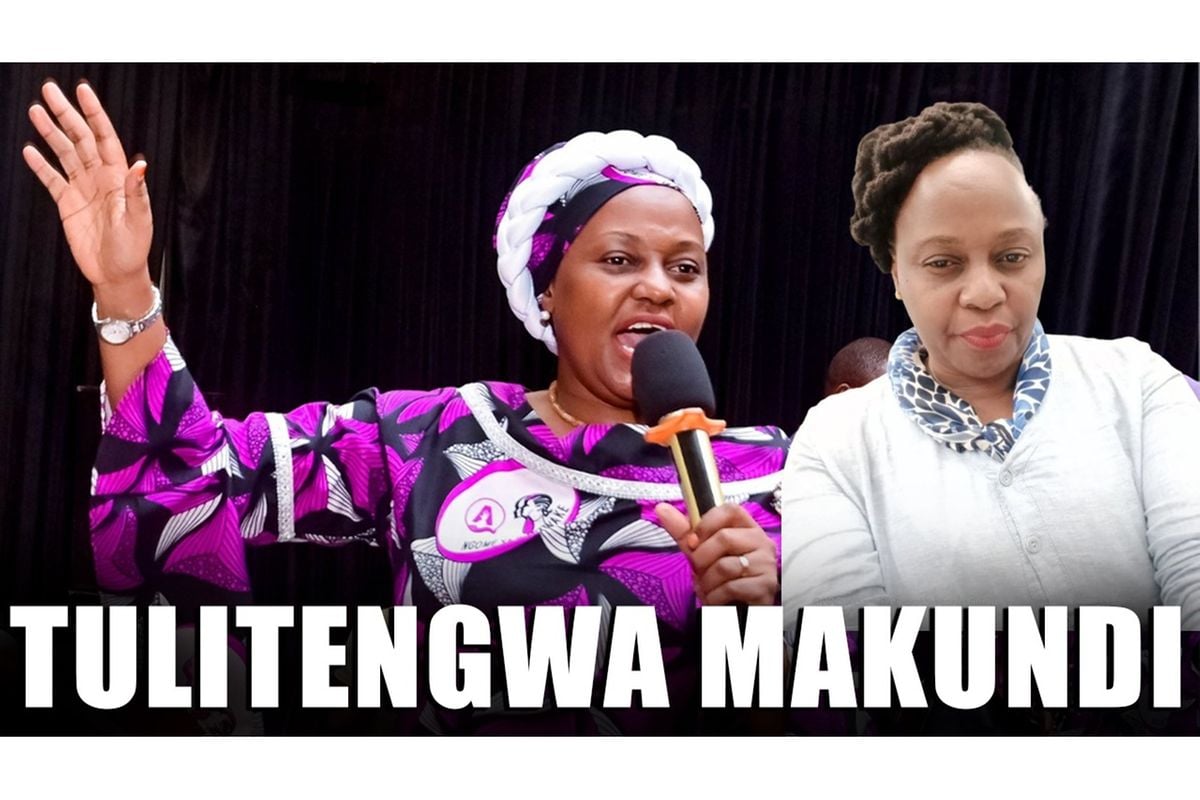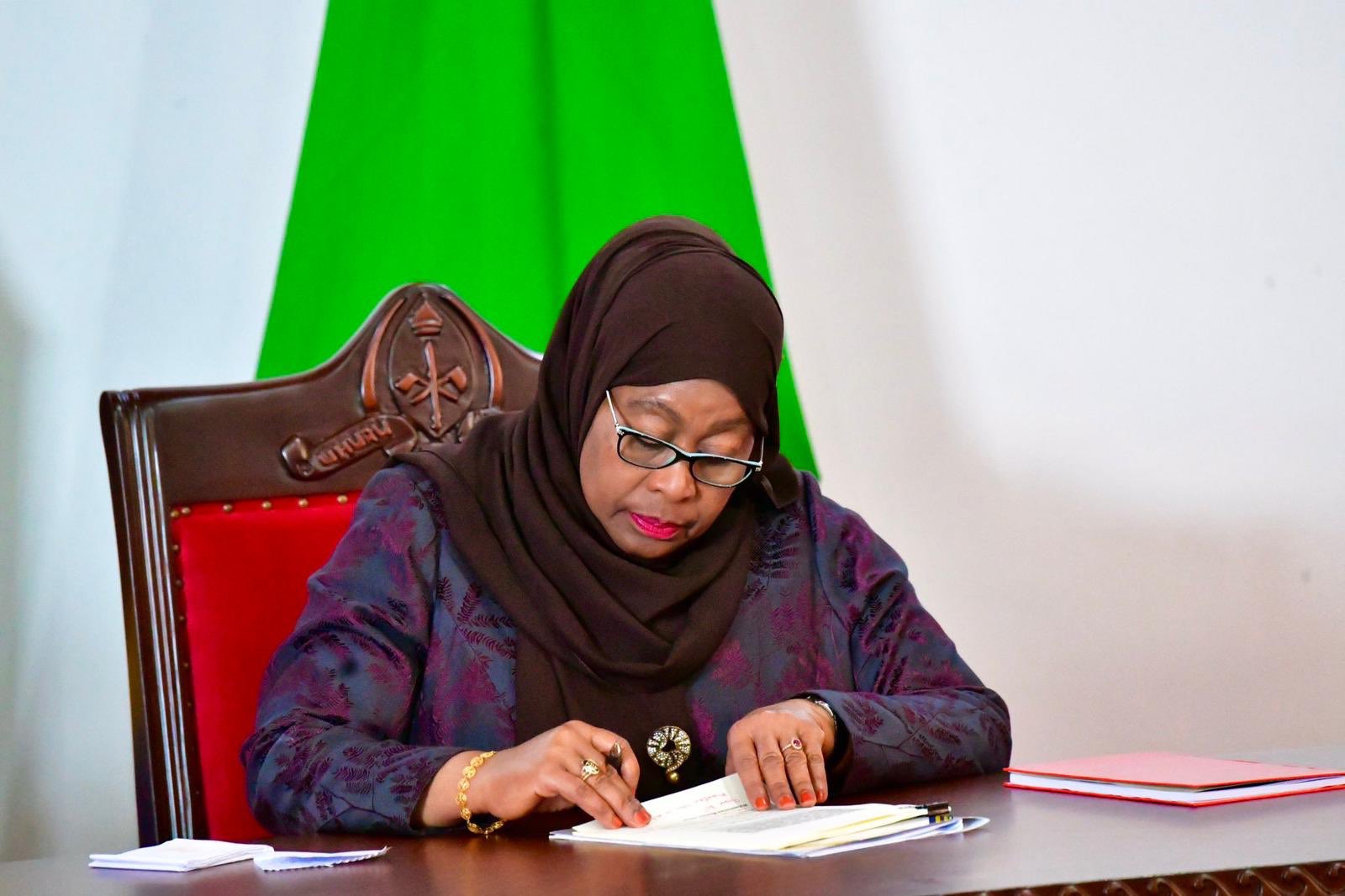There is a tide in the economic affairs of men’, and countries—to paraphrase the Bard of Avon, ‘which taken at a flood leads on to fortune. Omitted, all the voyage of their lives is bound in shallows and in miseries.’ The great poet puts these words in Brutus’ mouth in his famous play, Julius Caesar. Brutus urges Cassius to march towards Rome because there is an opportunity for great conquest if he only seized the opportunity. Opportunities in life ebb and flow, and high tides don’t last long, let alone forever. It was the ‘now or never’ moment. These words came to mind as I listened to the minister for Minerals, Anthony Mavunde, present budget proposals on April 30, 2024.
Tanzania’s mining sector is on such a high tide for two reasons. The first is that the reforms that happened in the last five years have paved the way for trust-building between the government and the private sector. The framework agreements crafted and now widely used in the mining sector (with the government getting a 16% free-carried interest in each mining project) fostered clarity for prospective investors. More importantly, the government appears to be serious about investment in the mining sector as well. One only needs to look at the way Kheri Mahimbali, Permanent Secretary in charge of Minerals, goes about being a ‘Chief Mining Optimist.’ The government is serious about positioning Tanzania as a mining hub for Africa.
The second reason is that global trends are ripe and in the country’s favor. The demand for traditional mineral exports such as gold is there. While diamond prices remain suppressed, by March 2024, gold prices reached USD 2,134.01 per ounce, compared to 1,935.10 in July 2023. Gold still accounts for around 80% of mineral exports (and is a critical foreign exchange owner).
However, with the global energy transition in mind, critical minerals such as lithium, nickel, cobalt and rare earths are essential components in many of today’s rapidly growing clean energy technologies. Tanzania has reserves of virtually all of these minerals. According to the United Nations, the consumption of these critical minerals could increase sixfold by 2050, according to the IEA, with their market value reaching US$400 billion, exceeding the value of all the coal extracted in 2020.
Since the late nineties, when the country truly first opened its mining industry, there has never been such intense interest and a visible appetite for mining projects. With these dymanics in mind, there is no reason to aim below the 15 percent contribution of mining to GDP in the short to medium term. Six years ago, mining accounted for 5.1 percent of GDP. By 2022, its contribution would be 9.1 percent. Doubling this contribution is not far-fetched. But this high tide is neither infinite nor will it lead to inevitable success. We must ‘take the current when it serves’. We must be intentional, aggressive, and sensitive to the times. One should remember the oil and gas buzz from fifteen years ago to concentrate the minds of policymakers and corporate leaders. So how do we maximise the mining bonanza?
It goes without saying that funding mining projects means attracting what is almost always very mobile capital and asking for a lot of patience from such investors because mining projects take years to generate revenues, let alone profits. Patience is born out of trust, and trust is a result of certainty. There is a litany of potential hurdles to riding the mining wave. I won’t address all of them here. For instance, no one needs reminding that Tanzania is the only jurisdiction that treats royalties paid to the government as a non-deductible expense. We also have a curious position where investments in communities surrounding the mines by way of corporate social responsibility are also treated as non-deductible expenses.
I can say with certainty that one clear area that may cause many of the projects whose Framework Agreements have been signed to not take off is the uncertainty about the VAT refunds that these mining companies are accumulating at the development stage. At best, an unpaid VAT claim becomes an interest-free loan to the government dressed up as a pending refund claim. At worst, it is an extra 18% unplanned, unfactored cost to the project. This, unfortunately, is not even a legal matter because those VAT refunds are clearly due. A statement of intent by the government, especially during this year’s budget, would be to solve this challenge once and for all by either setting a budget aside for immediate VAT refunds or providing direct special relief, such as by way of a government notice, so that mining development projects are not prevented from taking off as a result of uncertain VAT costs. The impact of this cost should not be underestimated.
Talking about change of control risks sounds like a broken record. I won’t belabour the point here. Suffice it to say that the changes made last year recognised that there is indeed a challenge with Section 56 of the Income Tax Law. However, the amendment introduced last year clearly did not meet the intention, at least the intention of mining players in its entirety. It sought to only exempt resident [EB1] entities from non-resident capital gains tax. While the sector is not interested in a blanket exemption for non-resident capital gains tax on overseas disposals, an exemption from such tax on new investment by way of new issue shares for [EB2] new or old shareholders would be welcomed by the mining fraternity. Once again, a positive statement of intent by the government would be to make such an amendment to the Income Tax Law.
One non-tax hurdle to catalysing these mining projects is the complexity that can be brought about by local content regulations. The general thrust of local content rules is not only positive but also necessary. As much as possible, Tanzanians must be able to benefit, in a sustainable way that goes beyond tax revenues, from the exploitation of their resources. At the moment, any purchase that is above USD 100,000 requires the Mining Commission’s approval. It therefore means that if you have Sh500,000,000 to spend, you could have thousands of approvals to secure before the project is complete. This is not only cumbersome, but red tape does exponentially increase costs. It may therefore be prudent, especially for items for which there are no clear local alternatives, for the regulators to facilitate the procurement of equipment and services that are necessary for these projects to take off. One would hope that this would be led by the regulators themselves.
Attracting over $3 billion in investments in the short to medium term, only in the mining sector, would be a win for Tanzania. It would also be the beginning of a journey to position Tanzania as the hub for critical minerals. However, it is not inevitable. The period during which this tide will remain high is finite, and we must seize the moment when it lasts. The growth of the sector depends on it.
Samwel Ndandala is an Associate Director with Deloitte Consulting Limited. The views presented are his own and not necessarily those of Deloitte. He can be reached at [email protected]
